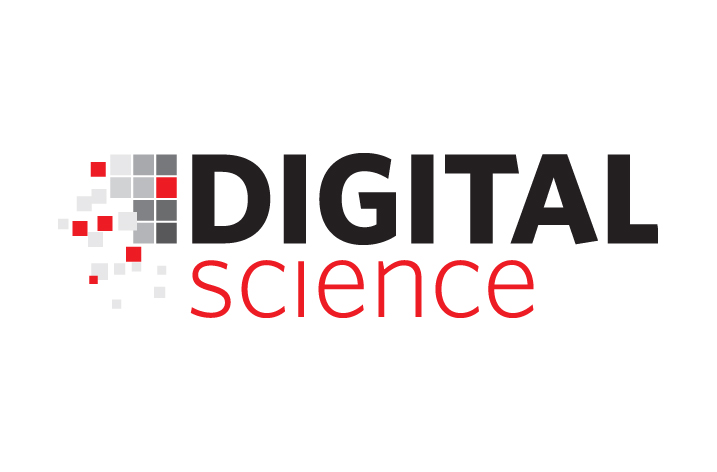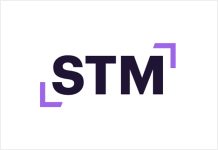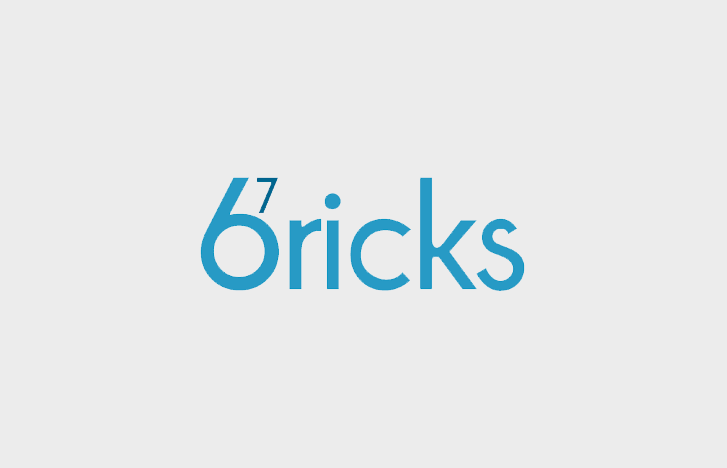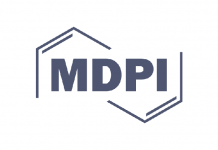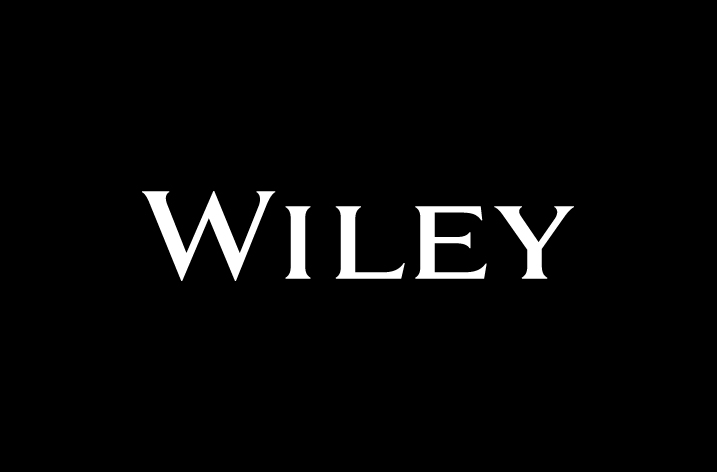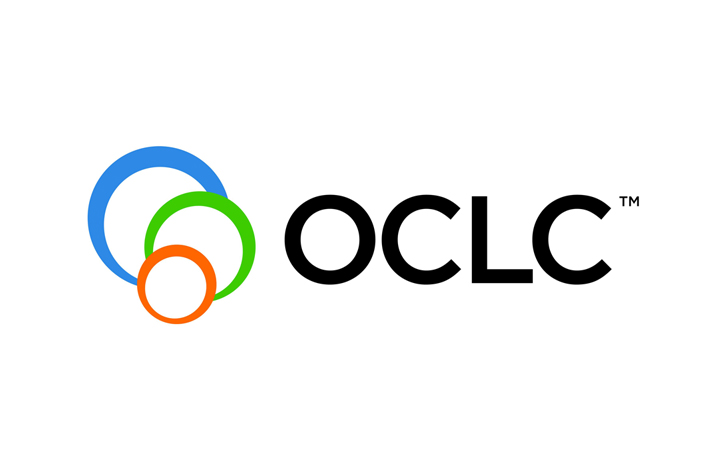
While the movement to unlock the vaults of scientific, technical and medical (STM) research is revolutionizing academic journal publishing, scholarly and professional book publishers are experimenting with open models simply to keep the venerable monograph from extinction—this according to the most recent report from media and publishing intelligence firm Simba Information.
The report, Open Access Book Publishing 2016-2020, found that there is promise in this strategy. While both STM and social science and humanities (SSH) book revenue is expected to decline at a compound annual rate of about 1% between 2016 and 2020, open access (OA) book revenue is expected to grow by almost 30% a year through 2020.
Find more details about Open Access Book Publishing 2016-2020 by clicking: http://www.simbainformation.com/Open-Access-Book-10410716/.
“In humanities and social sciences, the book is more influential to scholarship than the journal,” said Dan Strempel, Simba’s senior analyst for business professional publishing. “But, these are also areas where the monograph has fallen from unit sales in the thousands to low hundreds over recent decades. In the important library market, STM journals have squeezed out spending on books, leaving SSH scholars looking for new business models.”
Still, many have been skeptical of whether OA books have a future. In many disciplines, the high fixed costs of a 70,000- to 100,000-word book compared to a 2,000- to 5,000-word journal article mean the author-pays or funder-pays OA gold approach is not an easy fit, given the limited funds for research in the prime SSH fields.
The university presses active in these areas have relied on a variety of funding sources for decades, a combination of direct and indirect institutional funding, and now crowd sourcing and special non-traditional library budgets.
Current revenue generated by OA books only represent a fraction of a percentage of 2015 global scholarly and academic book sales overall and OA books also only represent a few titles per thousand published. Despite its small size, OA books are a bright spot against a depressed market. They have taken hold in the humanities social sciences and in countries outside of the mainstream of global scholarly publishing in other disciplines as well.
Open Access Book Publishing 2016-2020 provides detailed market information for this segment of scholarly book publishing. It analyzes trends impacting the industry and forecasts market growth to 2020. The report includes a review of more than 20 notable OA publishers and programs, including InTechOpen, Bookboon.com, Frontiers Media, SciELO, De Gruyter, Brill, Knowledge Unlatched and Springer Nature.
Please link any media or news references to our reports or data to: www.simbainformation.com.





